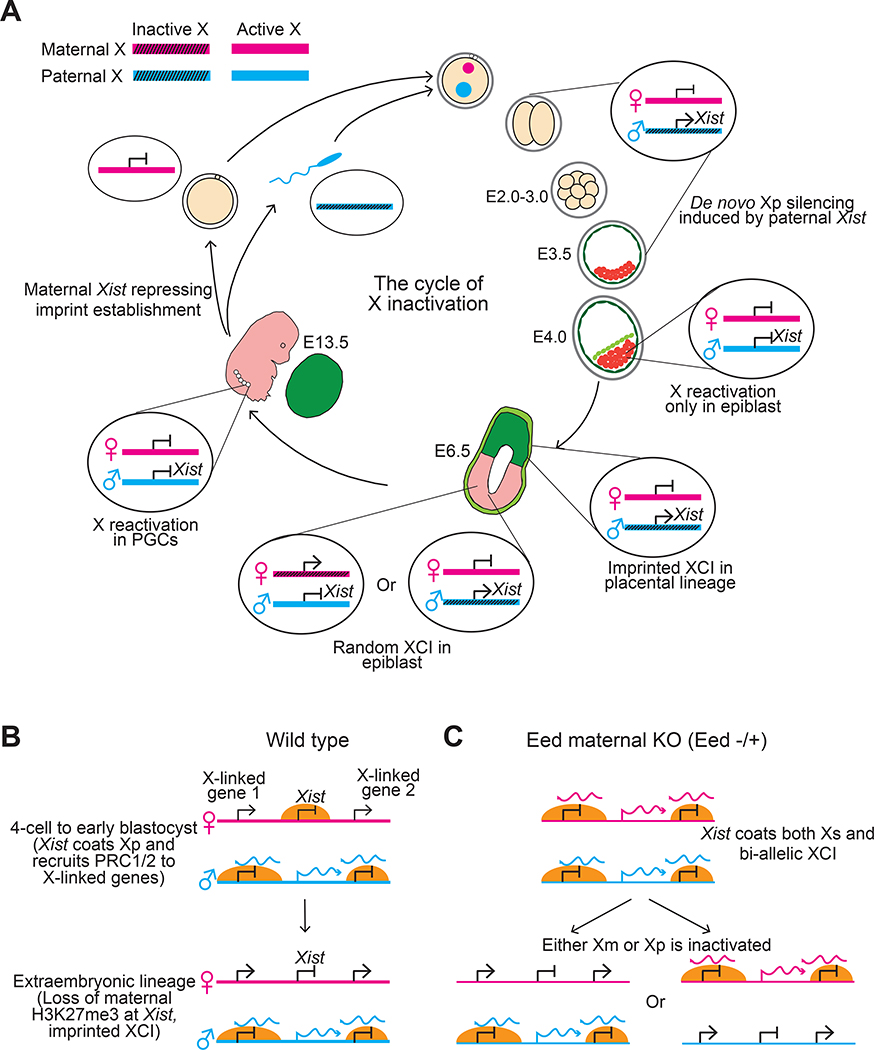Figure 3. Maternal H3K27me3 controls imprinted X inactivation by repressing maternal Xist.
A) Depicted are the life cycle of X-chromosome inactivation (XCI) and the allelic expression dynamics of Xist. After fertilization, Xist is paternally expressed in female embryos and induces paternal X chromosome inactivation (Xp) during pre-implantation development. At the late blastocyst stage, the silenced Xp becomes reactivated in the epiblast and then both X chromosomes undergo random X inactivation in the embryonic lineage. However, XCI remains imprinted in the extraembryonic lineages. X reactivation also takes place in primordial germ cells (PGCs). During oogenesis, H3K27me3 is established at the Xist locus, which then represses maternal Xist in pre-implantation embryos. During spermatogenesis, X and Y chromosomes are condensed into the sex body and become inaccessible to transcriptional machinery, which is referred to as meiotic sex chromosome inactivation (MSCI) and is independent of Xist 145.
B) The figure shows how ectopic maternal XCI occurs in Eed (an essential component of Polycomb repressive complex 2, PRC2) maternal knock out (KO) embryos. In wild type female pre-implantation embryos (Ba), Xist on the maternal X-chromosome (Xm) is repressed by oocyte-inherited H3K27me3. Xist on the paternal X-chromosome (Xp) is expressed, which recruits PRC1 and PRC2 to deposit repressive H2AK119Ub and H3K27me3 respectively to silence X-linked genes on Xp. Although maternally inherited H3K27me3 is no longer present at Xist in extraembryonic lineages, Xist is still only expressed from the paternal allele and XCI remains imprinted in this lineage. In Eed maternal KO embryos (Bb), Xp undegoes XCI normally. However, the lack of maternally-provided H3K27me3 at Xist leads to ectopic Xist expression from Xm, leading to its inactivation. However, the ectopically expressed Xist is silenced at the blastocyst stage and random XCI takes place in the extraembryonic lineage.

